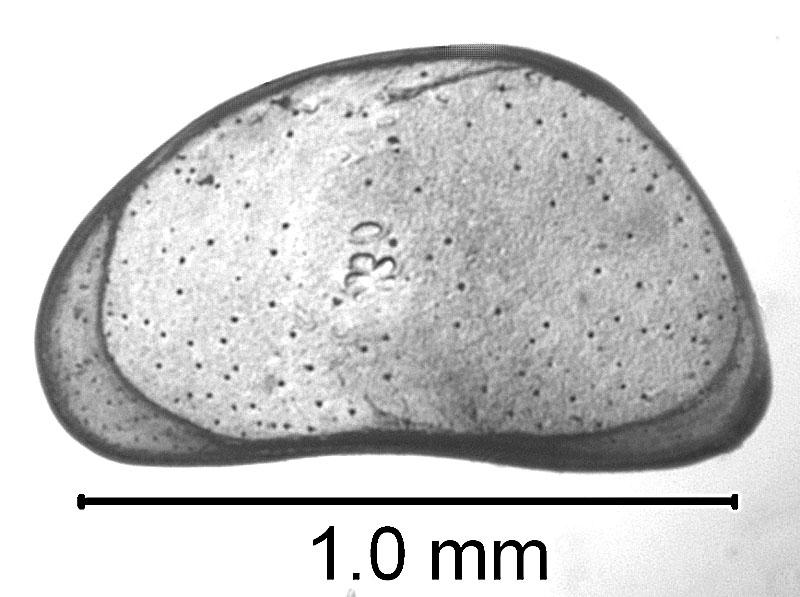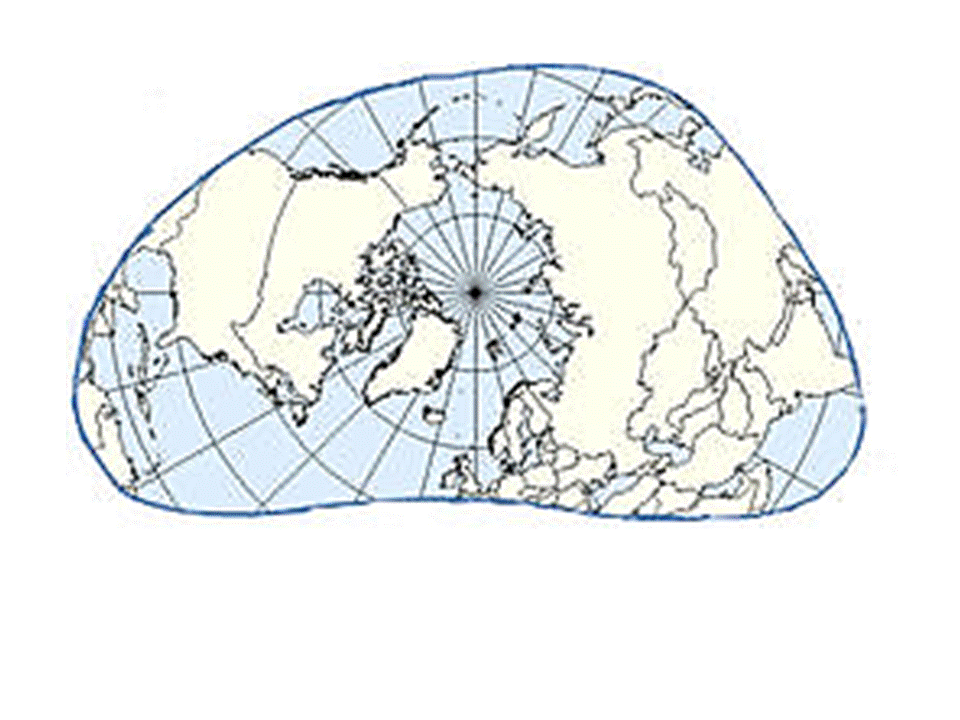

Northern Hemisphere Quaternary & Modern Non-Marine Ostracoda: Developing Research Initiatives
A Report on Outcomes of International Workshops Held in 2011 and 2012
Conveners: Alison J. Smith1 and David J. Horne2
 |
 |
Summary of the Need for these Workshops 3
Ostracodes are microscopic crustaceans that inhabit almost all aquatic and semi-aquatic environments, from the deep sea to ephemeral wetlands, and can also be found in oxygenated aquifers and in rainforest settings. Ostracodes have a long and well established fossil record extending back to the Ordovician Period, and have important applications in stratigraphy, petroleum exploration, paleoclimatology and paleohydrology. Many species that arose in the Pliocene Epoch are extant today. The focus of the workshops described here was Quaternary non-marine ostracode research, one aspect of the rich field of ostracodology. Nonmarine ostracode research is fundamentally interdisciplinary in scope, linking the fields of paleoclimatology, paleoecology, ecology, genetics, hydrology and phylogeography. This interdisciplinary aspect has developed over decades of study by many researchers, with the result that numerous regional datasets and interpretations have emerged in North America and Europe that have limited linkage to each other. The long history of research in North America and Europe has driven much of this present day regional view, but within this decade, opportunities have arisen to promote a hemispheric view of nonmarine ostracode biogeography. Research results of many ostracode workers have suggested that the best understanding of nonmarine ostracode biogeography in North America and Europe is achieved by examining species distributions in hemispheric view. This view also will allow the international community to formulate and test hypotheses about ostracode genetics, paleoclimate reconstruction, phylogeography, and groundwater ecology, and so reach a better understanding of species diversity and gain new insights into these subdisciplines.
The specific
goal of the workshops was to bring interested researchers and their graduate
students together to identify significant research targets in Northern
Hemisphere Quaternary nonmarine ostracodology, and to suggest solutions to
common impediments to international collaborative research efforts.
This was the first time such a planning scheme was presented in the
ostracode research group, as the traditional purpose of meetings is to present
completed research, rather than discuss future initiatives.
Our plan was to hold two workshops, one in July, 2011 at the
7th European Ostracodologists Meeting (EOM) in Graz, Austria, and at the
Geological Society of America
Meeting (GSA) in Charlotte, North Carolina, U.S.A. in November of 2012. In
fact, we were able to hold an additional workshop as a half-day session
at a third venue, the
International German
Ostracodologists Meeting (IGOM) in Köln in
October of 2012, thanks to Finn Viehberg (University of Köln)
and Renate Matzke-Karasz (Ludwig Maximilians University of Munich).
This third workshop allowed us to include an additional cohort of
researchers that could not attend either of the other two workshops.
|
Taxonomic Harmonization & Ostracode Databases |
Genetics & Phylogenetics |
Paleoclimate &
Paleoenvironment |
Developing Collaborative Opportunities and Graduate Student Cross-Training |
Summary of Recommendations to the Community: A Selection of Ten Recommendations (view all recommendations using subject links above)
1. Make use of web services such as Scratchpad and Wikispecies or LifeDesk to collaboratively work on taxonomic harmonization of key taxa.
2. Migrate isolated datasets to large, established databases (such as BioFresh, Neotoma, or Paleobiology Database) to avoid "dark data" loss.
3. Establish collaborative, international working groups using freely available web communication services to make research progress. Publish in widely accessible journals.
4. Collaborate more widely with the scientific community, making connections to climate modelers, geochemists, biochemists, and geneticists.
5. Get started with directly attainable goals, such as taxonomic harmonization of previously identified climatic indicator species with wide distributions, to serve as test cases and "ground truthing" for larger projects.
6. Develop strategies for "parallel research proposals" on key themes that can be submitted within collaborating scientists' home countries, that are independent research projects but allow for international travel to workshops, meetings, and short site visits. Build on these efforts in modular, stand-alone proposals.
7. Develop opportunities in the form of workshops and training sessions on short site visits for graduate students to travel internationally to labs and learn new methods in a wider context. Funding is often available for students to spend short periods of time training in lab outside the home country. These should be opportunities for student "exchanges".
8. Develop a standard protocol for sampling DNA and studying the morphology of a single specimen.
9. Upload genetic data to appropriate databases. The community needs to build a library of DNA data in order to extract important patterns with environmental and ecological processes.
10. Establish data collection and recording standards to minimize difficulties in migrating data to large databases.
We thank all who attended and brought their views and ideas to the community. We hope that this website captures both the spirit and substance of these workshops.
1 Department of Geology, Kent State University, Kent, Ohio 44224, U.S.A. alisonjs at kent.edu (also the contact for this website)
2 School of Geography, Queen Mary, University of London, E1 4NS, U.K. d.j.horne at qmul.ac.uk
3 This material is based upon work supported by the National Science Foundation under Grant Number 1101168. Any opinions, findings, and conclusions or recommendations expressed in this material are those of the authors and do not necessarily reflect the views of the National Science Foundation.